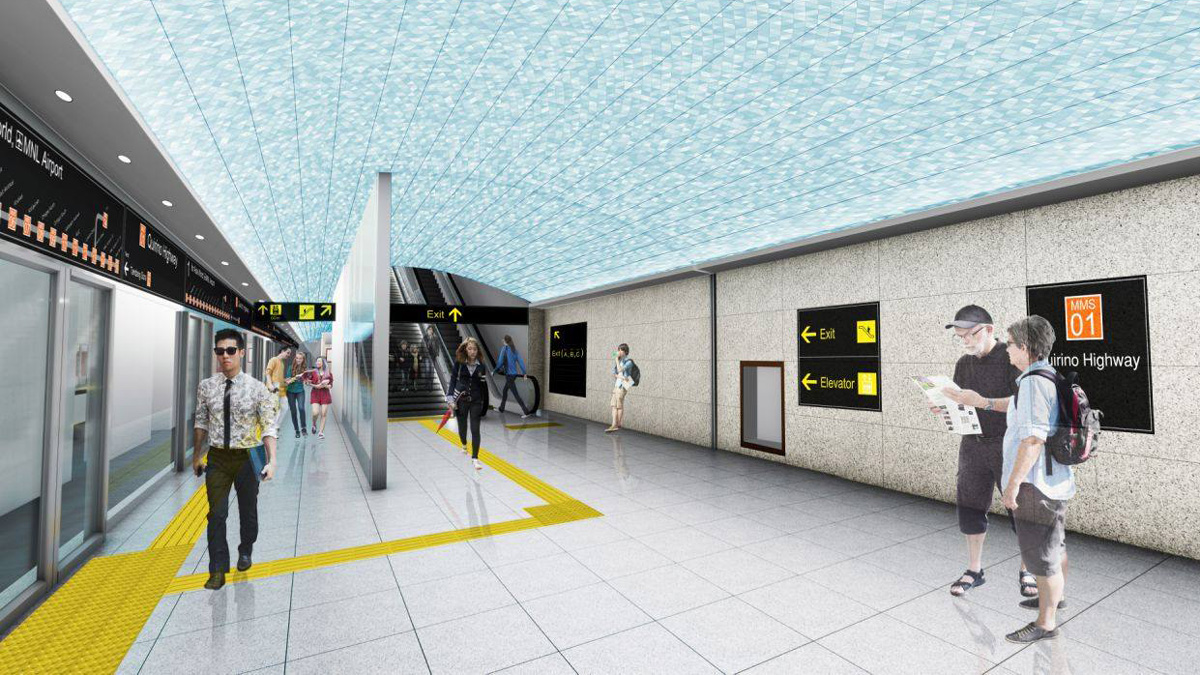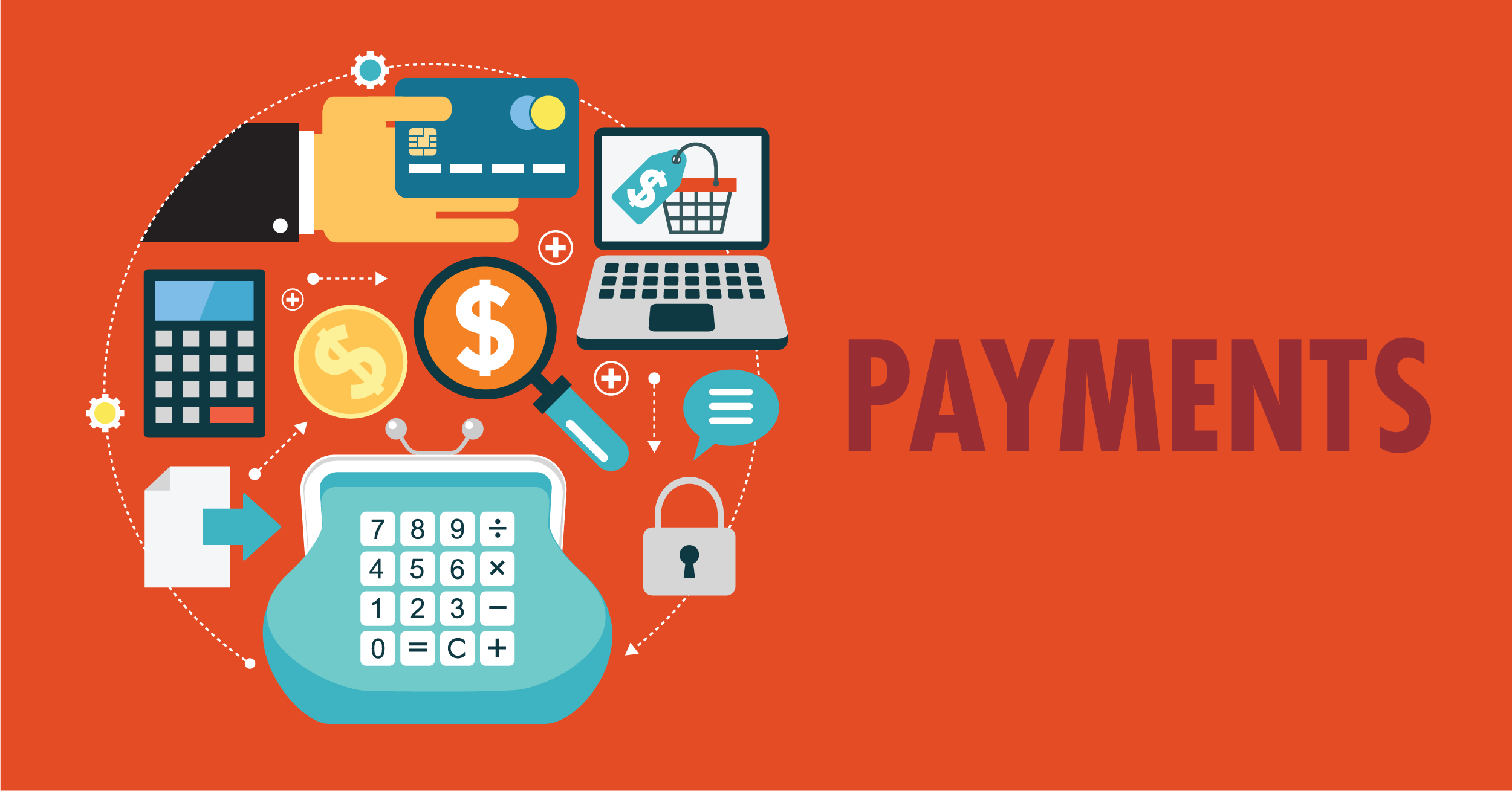Making Sense of the Chaos
Metro Manila’s public transportation network can seem disorganized and intimidating to navigate, especially for first-time visitors. However, with the right tools and local knowledge, you can easily get around Metro Manila using affordable public transit like jeepneys, buses, and trains. One of the most useful resources is the website and app Sakay.ph. Simply input your starting point and destination, and it will provide step-by-step directions across different transportation modes, estimated travel times, and fare costs. Having this multi-modal guidance can alleviate much of the confusion.

Prioritizing Efficient Routes
Sakay.ph also allows you to customize the route suggestions based on your priorities. For example, you can opt to avoid overly crowded modes or those prone to traffic delays. The train networks, specifically LRT1, LRT2, and MRT, offer reliable five-minute frequencies and air-conditioned carriages - making them ideal options during rush hour or hot weather. Meanwhile, buses and jeepneys tend to be cheaper but can get bogged down in heavy traffic. Factoring these potential issues into your preferences will help Sakay.ph surface the optimal public transportation combinations in Metro Manila.
Identifying Convenient Neighborhoods
When selecting an area to base yourself in Metro Manila, aim for locations near LRT or MRT train stations for ease of connectivity. Popular tourist spots like Malate, Ermita, and Intramuros along Manila Bay are well-served by LRT1. Meanwhile, Makati’s bustling central business district and upscale shopping malls sit within the coverage of MRT3. Proximity to the rail network translates to fewer transfers and less time spent squeezed into crowded bus or jeepney routes. You’ll have the flexibility to efficiently explore top attractions like Chinatown, Intramuros, MOA, etc. from your centralized home base.
Relying on Local Expertise
No online resource can replace on-the-ground knowledge of Manila’s ever-changing transportation landscape. Do not hesitate to politely ask locals, especially station staff and conductors, for directions, schedule updates, and travel guidance. Filipinos are generally quite friendly and willing to help tourists navigate. They can alert you to scheduled maintenance works, recent route changes, or major traffic situations in real-time. Tapping into their everyday commuting expertise and situational awareness is invaluable for hassle-free journeys throughout your visit.
Exercising Caution in Crowded Areas
However, it’s also important to exercise caution, especially in downtown areas with high pedestrian traffic. Due to poverty and lack of opportunities, petty theft and scams targeting tourists are not uncommon in major Philippine cities. Keep valuables secured and out of sight on public transportation or in congested markets. Beware of distractions meant to enable pickpocketing or the switching of real notes for counterfeits during money changing. Do not accept unsolicited offers or get drawn into enticing “investment schemes”. With prudent awareness and precautions, you can confidently explore Metro Manila’s rich culture without worry.
Maximizing the Local Experience
Once acclimatized to the transit ropes, you’ll be well-positioned to truly soak in the vibrant local scene. Some top things to do accessible via efficient public transportation include wandering Binondo’s alleys lined with colorful Chinese-style shophouses, catching live performances at Cultural Center of the Philippines Complex, taking in stellar views of the city skyline from Rizal Park, learning history at Intramuros, indulging in leisure activities at SM Mall of Asia, sampling fresh seafood along Manila Bay in restaurants like Flores de Malate, and more. With proper planning leveraging Sakay.ph and local guidance, you can tour around affordably and authentically experience Manila life.
Staying Safe During Excursions
While the vast majority of Filipinos are genuinely hospitable, precautions must still be taken when traveling independently, especially in unfamiliar and isolated areas. Avoid getting into private vehicles with strangers and entering remote, unpopulated places alone after dark. It’s generally safest to stick to major attractions, well-lit streets with crowds, and arrange transport via reputable cab services if possible. Additionally, do not flash expensive items or large amounts of cash publicly. Keep sensitive personal details private too. With situational awareness and following basic safety protocols, your Manila trip can be both memorable and secure.
Leaving with Wonderful Memories
With careful preparation using online route planners like Sakay.ph blended with real-time local guidance, navigating Metro Manila’s complex yet vibrant urban transportation ecosystem need not be overwhelming or stressful. Follow the tried-and-tested tips outlined here and you’ll easily tap into the affordable public transit arteries to efficiently reach top attractions. More importantly, taking the local way will afford rich cultural encounters that give deeper insights beyond what guidebooks provide. You’re sure to depart the beautiful Philippine capital with a wealth of unforgettable memories, experiences, and stories to share.

 Life in Major Texas Cities
Life in Major Texas Cities